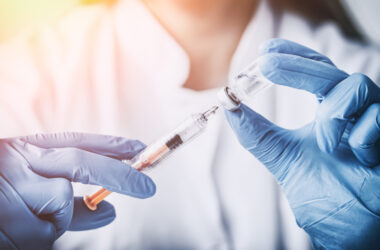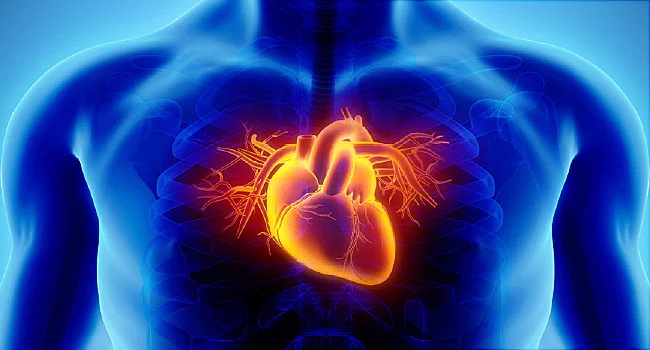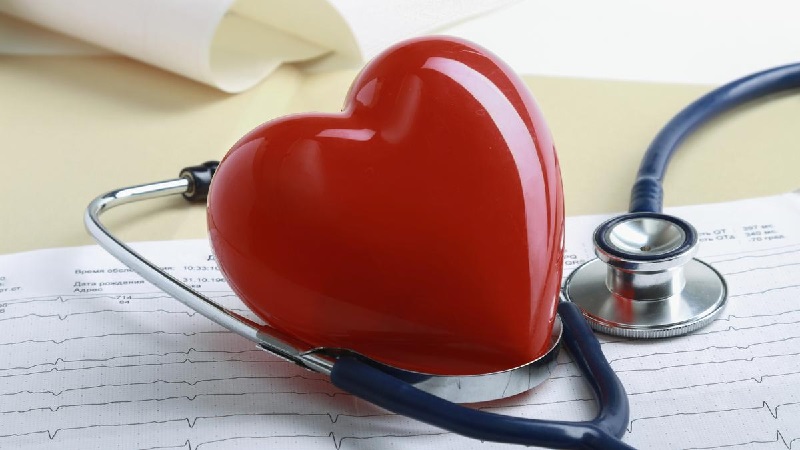Raynaud’s phenomenon” consists of the change in colour of the most distal parts of the body (the furthest, usually the fingers and toes), secondary to the lack of blood supply.
Raynaud’s name “comes from Maurice Raynaud, who in 1892 described a group of patients who had transient ischemic attacks, localised in the extremities, caused by cold or stress.” This phenomenon “can appear in many diseases, the most frequent systemic autoimmune diseases, especially scleroderma“, reports an expert in Rheumatology. In these cases, it is called “secondary Raynaud’s phenomenon”.
When the phenomenon appears in isolation and is not associated with any other disease, it is called “primary Raynaud’s phenomenon” and “Raynaud’s syndrome or disease.
A rheumatologist points out, “it is normal for our distal blood circulation to decrease when exposed to cold, but in this phenomenon, the sensitivity to small changes in temperature is such that an attack can occur in situations as normal as being in an air-conditioned room .”
Causes
It is produced” by an excessive contraction of the blood vessels that carry blood to the fingers, which are called arterioles, in response to cold and also, sometimes, appears as a response to stress. Sometimes, the SER specialist points out, “this exaggerated contraction is secondary to the autoimmune alterations that appear in systemic autoimmune diseases, also called connective tissue diseases.”
In general, Raynaud’s phenomenon” is triggered by cold and can also be caused by stress,” says the rheumatologist. “A significant risk factor is tobacco since nicotine produces vasoconstriction of the arterioles that carry blood to the fingers.”
Sometimes, “Raynaud’s can appear in relation to drugs that produce vasoconstriction in the arteries, among which are ergotamines, which are used in the treatment of migraine, and beta-blockers, which are used as hypotensive agents, or for some cardiac disorders”.
The appearance of Raynaud has also been described “in people who work with vibrating machines, such as pneumatic hammers and the like.
Symptoms
It is relatively easy to identify this phenomenon: “If the fingers change colour on exposure to cold, especially if they turn pale, with a tingling or numbness sensation, we should suspect Raynaud’s phenomenon”, indicates Carreira. Thus, he adds, “the most frequent thing is that the fingers turn pale first (ischemic phase or lack of irrigation), then purple or blue (cyanotic phase) and finally red (reperfusion phase)”.
As in the hands and feet, the vessels are generally small, “the closure of the vessel (vasospasm) makes it very difficult for blood to reach these areas and for oxygenation of the skin, hence the change in discolouration and subsequent pain in the extremities”.
Prevention
According to experts, there is no way to completely prevent Raynaud’s. Although measures can indeed be adopted, such as “protection from the cold, avoiding sudden temperature changes, eliminating tobacco and avoiding stress”, reports the SER expert.
Types
There is primary Raynaud’s, “not associated with any disease, and secondary, associated with systemic autoimmune diseases.
Clinically they are very similar, although there are some differences: “Primary Raynaud usually appears from childhood or adolescence, while secondary appears more or less abruptly in adulthood, is associated with other symptoms, and is usually more severe. Since it is often accompanied by the formation of severe ulcers on the pads of the fingers”.
As stated by the authors of the document Raynaud’s Syndrome: aetiology and management, collected in the journal Reumatología Clínca and Carrera, “this disease is frequently associated with rheumatic diseases and appears in more than 90% of cases. patients with systemic sclerosis”. In addition, according to the authors, they can also appear in patients with other pathologies such as lupus erythematosus, Sjögren’s syndrome, dermatomyositis or polymyositis, and rheumatoid arthritis.
Diagnosis
To make a correct diagnosis of Raynaud’s Phenomenon, an adequate interview with the patient with a positive response to the following questions may be sufficient:
- Are your fingers susceptible to cold?
- Do they change colour when exposed to the cold?
- Do they turn white or blue?
In the opinion of the document’s authors mentioned above, “provocative tests or complicated techniques are not usually necessary for its diagnosis”.
What may be necessary for its study, according to Carreira, is:
- A detailed medical history and complete physical exam
- A capillaroscopy is an innocuous, painless test that visualises the capillaries of the cuticle of the nails. In Raynaud’s secondary to systemic autoimmune diseases such as scleroderma, the capillaries have characteristic alterations which support the diagnosis. In contrast, in primary Raynaud’s, the capillaries are normal.
- A complete analysis that includes the determination of antinuclear antibodies. These antibodies are characteristic of systemic autoimmune diseases, and although they never give us a certain diagnosis, they do support the diagnosis of secondary Raynaud’s.
If these tests are negative, it is likely a primary Raynaud’s Phenomenon. If, on the other hand, the capillaroscopy is pathological and the antibodies are positive, it is very likely that the patient has a systemic disease, “so an adequate study and follow-up should be carried out.”
Treatments
There is no cure for Raynaud’s Phenomenon. “The best treatment is to protect yourself from the cold, avoid stress and eliminate tobacco “, points out Carreira. In addition, it is also advisable to avoid using drugs or substances that can cause vasoconstriction, such as beta-blockers, interferon, serotonergic agonists, alkaloids, cocaine, caffeine or nicotine”, as the authors of the document point out. Raynaud’s syndrome: aetiology and management.
In addition, it is possible to alleviate the effects of Raynaud’s “with medications that cause dilation in the arterioles that carry blood to the fingers, called vasodilators.”, he points out. Thus, “the most common are calcium channel blockers, such as Nifedipine or Amlodipine”.
These vasodilators “can improve Raynaud’s, although they rarely eliminate it,” laments Carreira. Nifedipine is the “best-studied calcium channel blocker. It is normally used between 10 and 30mg, three times a day”.
It is essential to know that “they can have undesirable side effects, such as lowering blood pressure, which can be accompanied by dizziness or headache.” For this reason, according to the SER expert, “treatment should be reserved for more serious situations”.
On the other hand, as the experts point out, “prostaglandins are widely used as second-line treatment, mainly in severe cases that do not respond to usual vasodilator treatment with calcium antagonists.”
The good news is that the prognosis for primary Raynaud’s “is good, with no mortality and few complications,” says Muñoz Ortego. In the case of secondary, “this will depend on the cause that causes it and the intensity of the ischemia and the treatments that are applied to improve blood flow.”
Primary Raynaud’s phenomenon “appears with some frequency in young women, especially if they are thin or have lost weight significantly. It is widespread in people who suffer from anorexia nervosa”, informs Carreira.
On the other hand,” the secondary appears in patients with systemic autoimmune diseases, especially scleroderma (or systemic sclerosis), systemic lupus erythematosus, Sjogren’s syndrome and inflammatory myopathies”. Also, “it can be secondary to some medications, such as ergotamines or beta-blockers.”














